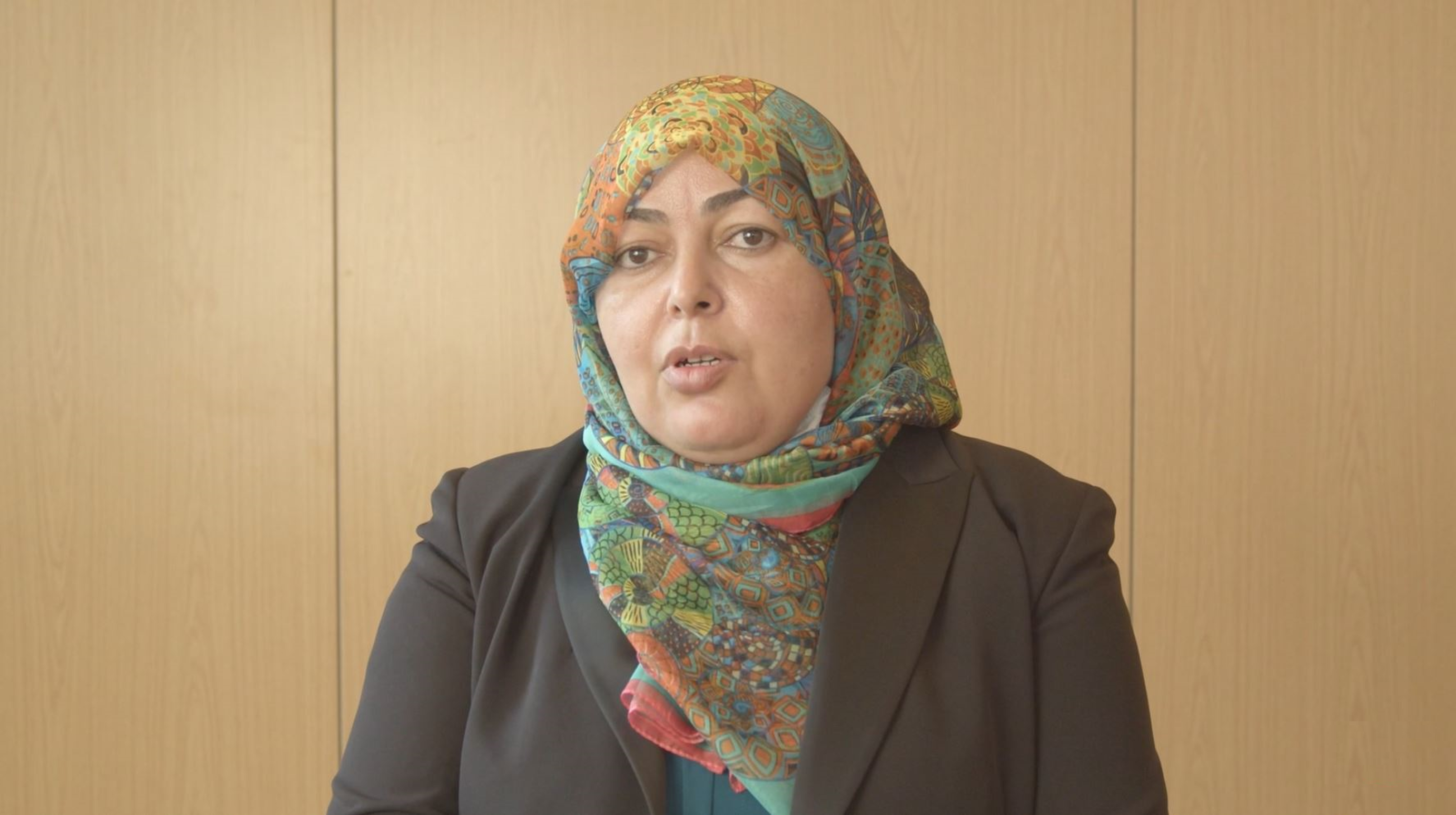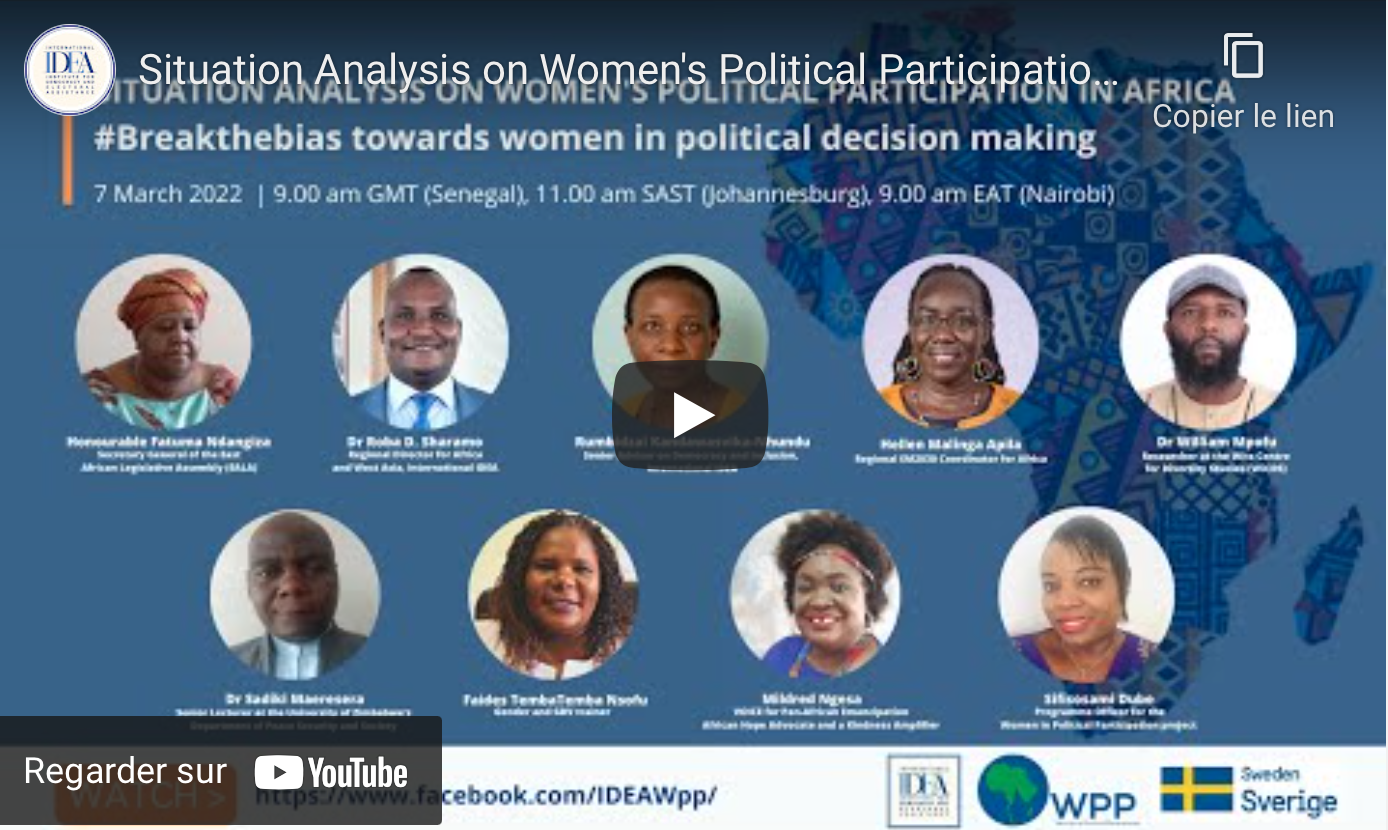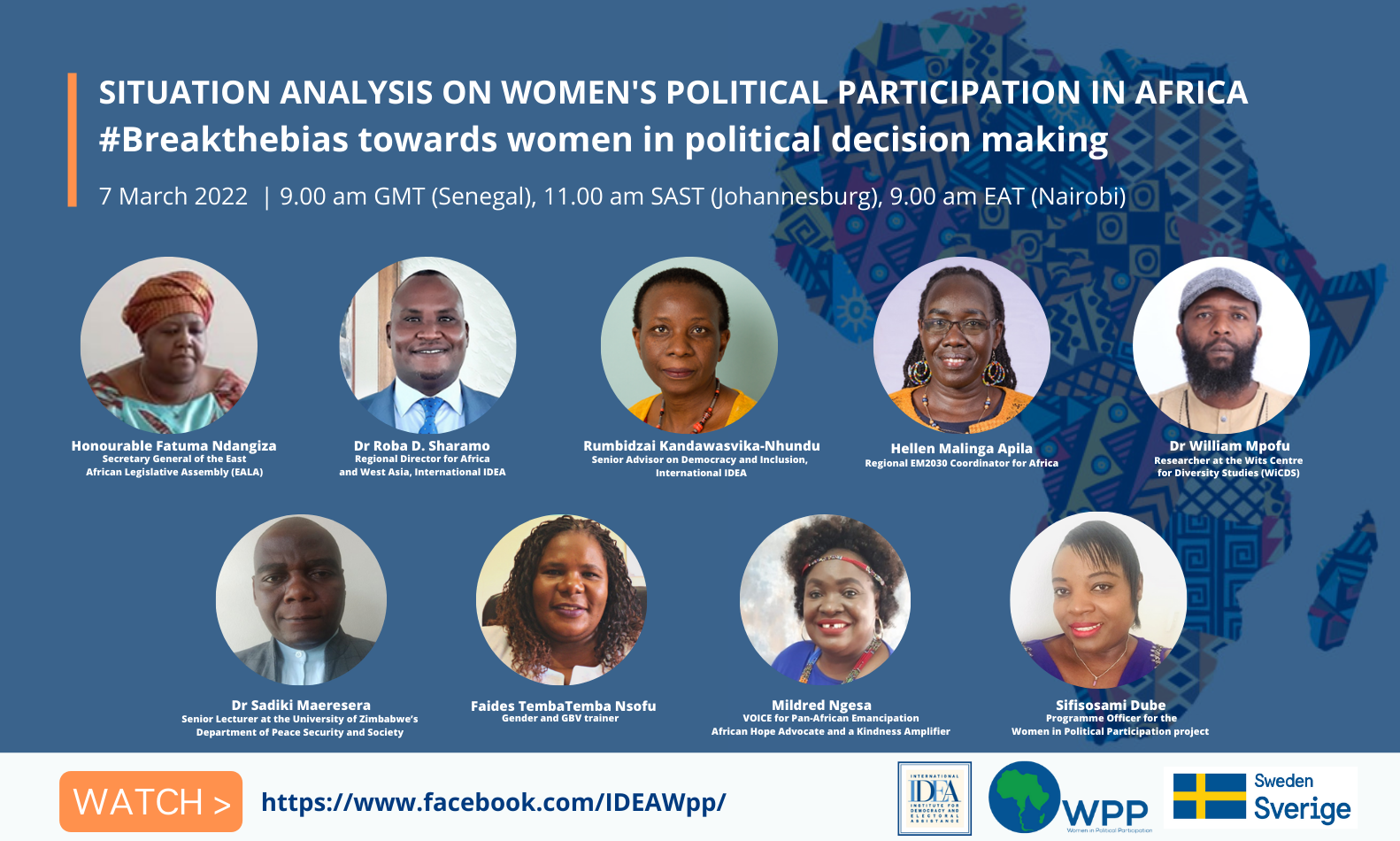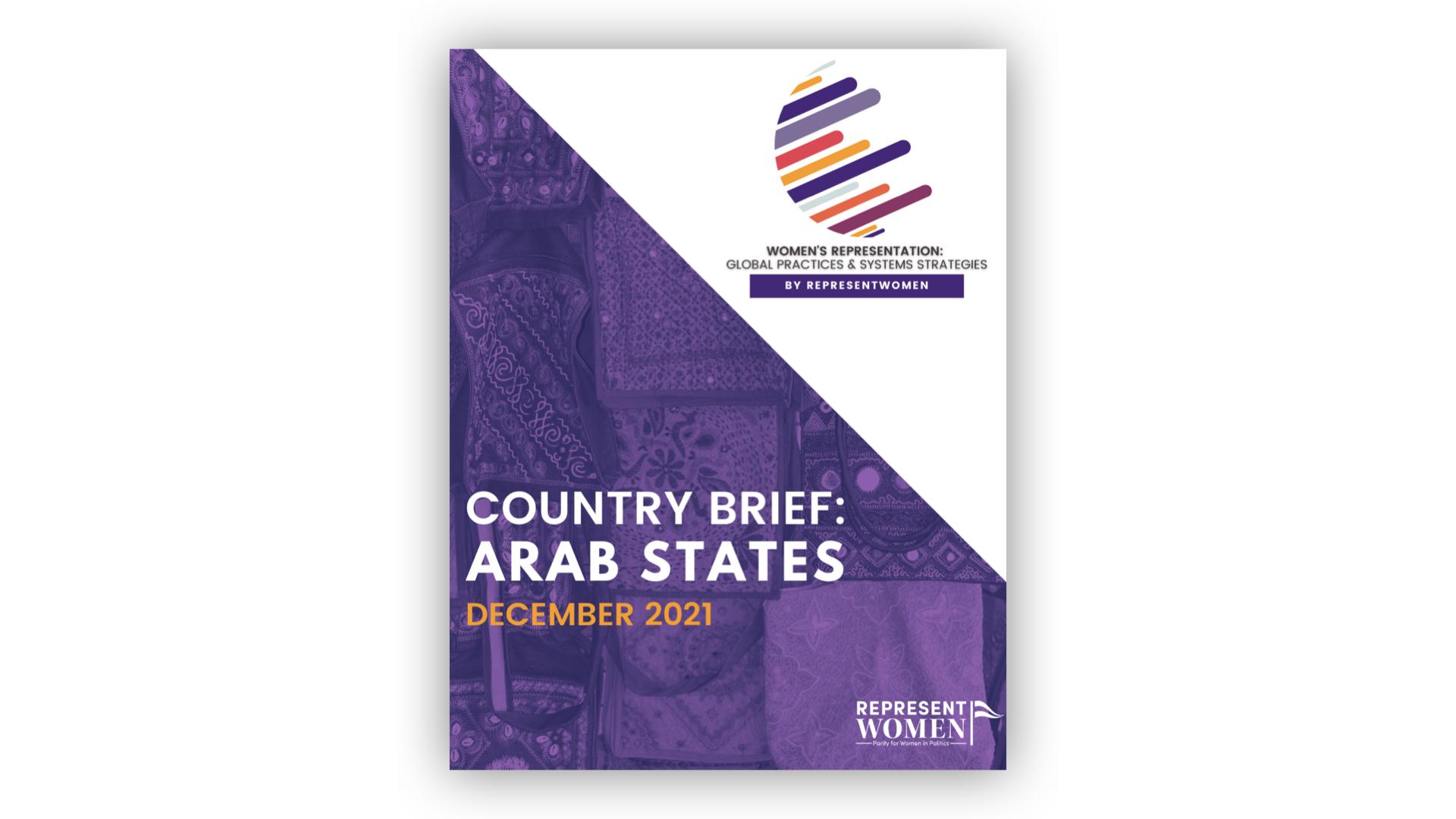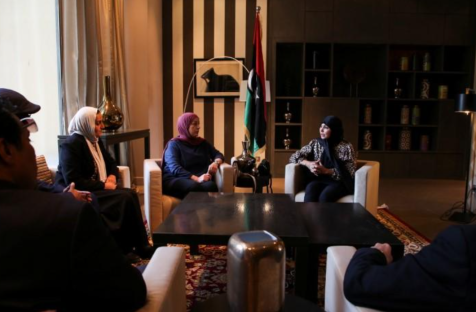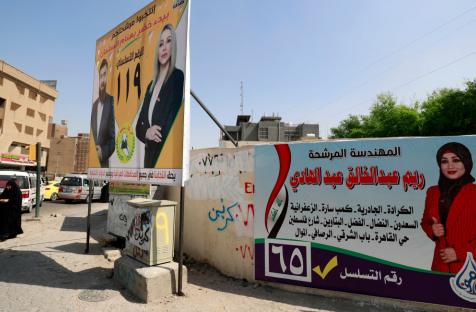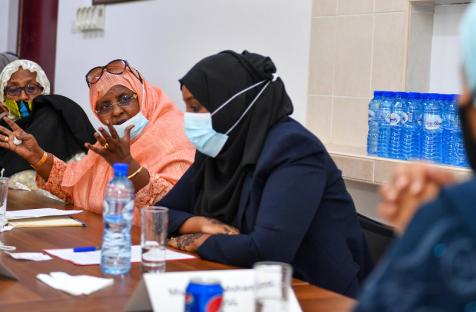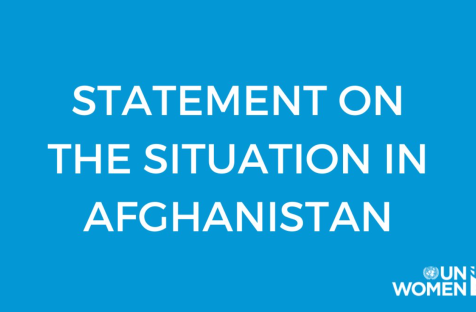Inclusion and gender equality in post-coup Myanmar
Inclusion and gender equality in post-coup Myanmar
This brief explores inclusion strategies for constitutional and democratic reform in the post-coup context of Myanmar.
This brief explores inclusion strategies for constitutional and democratic reform in the post-coup context of Myanmar.


